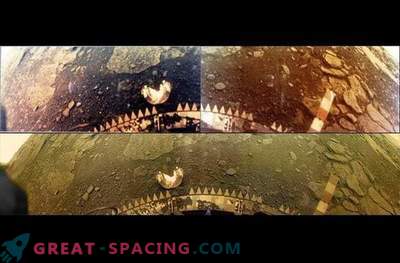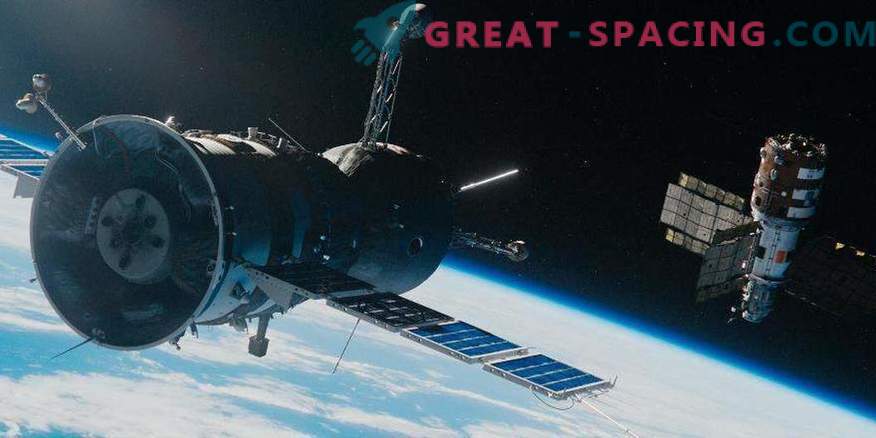
Early spacecraft often encountered problems, which left them trapped in near-earth orbit. One of these Soviet ships in the near future risks collapse on Earth.
Conquest of Venus
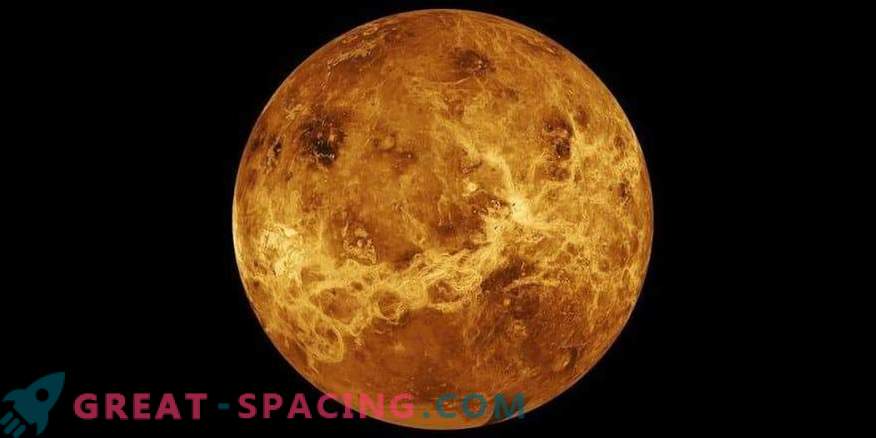
Because of its similarity in composition and parameters, Venus is often called the evil twin of Earth. Why are you angry"? Of course, the whole thing in a high temperature regime, acid rain and the greenhouse effect. All these conditions prevent any attempts to form life on the surface.
But in the 20th century, there was still hope that something interesting could be found on the second planet from its own star. Mysteriousness also grew due to the dense atmospheric layer, which did not allow to look below.
Therefore, the idea to plant a spacecraft on the Venus surface appeared. In the USSR, they firmly grasped the idea and began to promote the Venus project. They promoted it so actively that they organized 12 launches (sometimes several ships were sent in one launch), and then continued research in the “Vega” program.
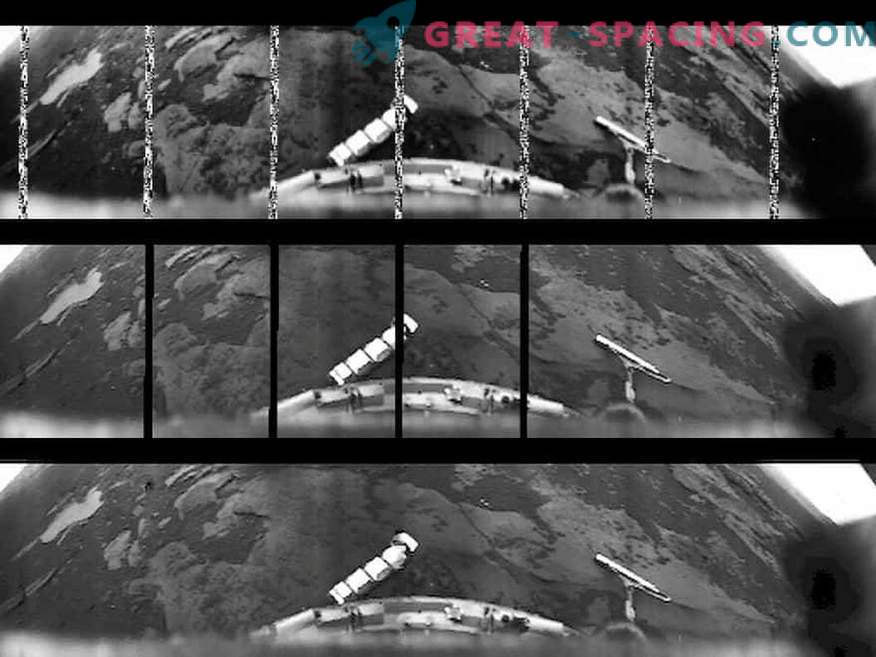
Photograph of the surface of Venus, extracted in 1977 by Venus-10
Naturally, not all devices got to the goal. Some broke on the surface itself, while others broke down in space or did not even leave the limits of the earth's atmosphere. But there are also those that are stuck in our orbit and risk returning at any time. One of these threats is the Cosmos-482 space station.
Failure in orbit
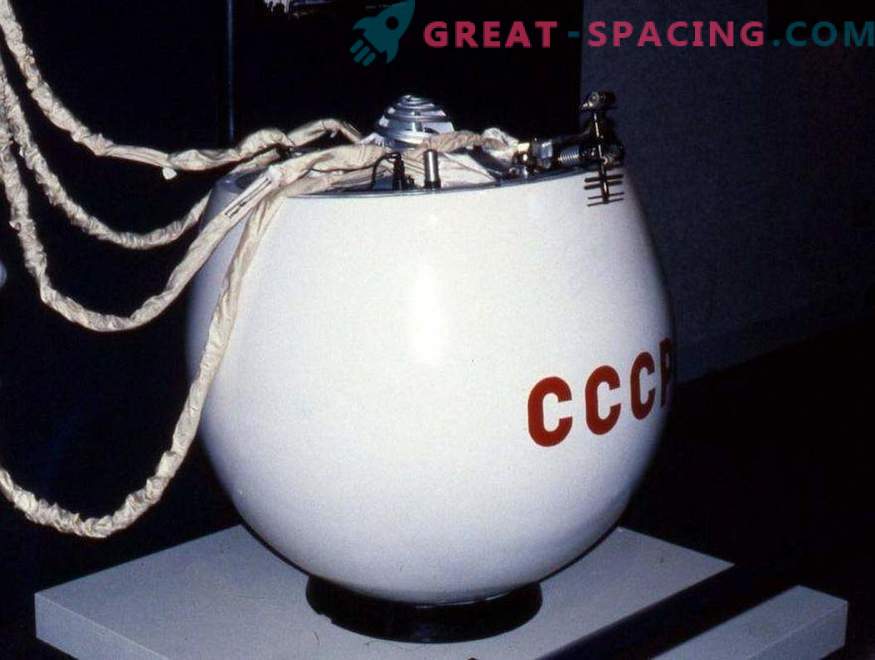
According to its design, this device completely copied Venera-8 station. By the way, the latter not only successfully started in 1972, but also the first to perform a safe descent to the day side of the planet. But the Cosmos-482 did not work.
The interplanetary station was sent on a Molniya-M rocket. After a successful launch into Earth orbit, an accident occurred in the upper stage. Because of this, the device remained floundering in orbit without the ability to adjust the direction of its movement.
When to expect a return?
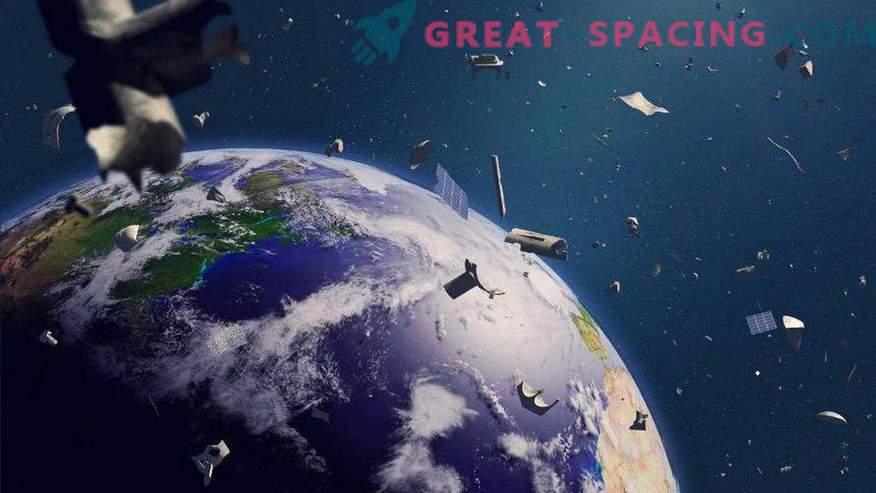
As early as 2018, astronomer Pavel Shubin said that the station should fall to Earth in the coming years. She spent more than half a century in orbit and during that time she reduced the distance by 7,400 km. That is, its highest point of the orbital span is 2400 km.
Shubin believes that this trend of reducing height will not only continue, but will also accelerate the pace. Residents of 2019 do not have to worry, so you can not look out for an object in the sky. Earlier, an astronomer set for the 2020s, but now he specifies that an arrival can be expected in the 2023-2025s. To say more precisely, you need to have data on the orientation of the device (they are not).
The main problem is that it is an incredibly durable construction (one of the strongest in history), because it was prepared for planting in difficult Venusian conditions. Therefore, on the surface is preparing to fall design weighing half a ton. The device was designed to withstand the rapid descent at an atmospheric pressure of 100 atmospheres. On Earth, conditions are more favorable, therefore Cosmos-482 should touch the surface. Who is in danger? It is difficult to answer this, but Shubin believes that it is necessary to look for between 52 degrees north and 52 degrees south latitude. The device is capable of falling into the ocean waters, but even the enormous depth will not crush it.
Postscript
Pavel Shubin insists that the researchers track the space station and find it when it falls. True, they are still guided not by a security instinct, but by a scientific interest. This is a historical value and an interesting relic for science, because the device has been exposed to cosmic rays for almost half a century.
The real name Cosmos-482 is Venus-9. However, it was decided in the USSR to disguise this mission in order to hide a failed launch.











